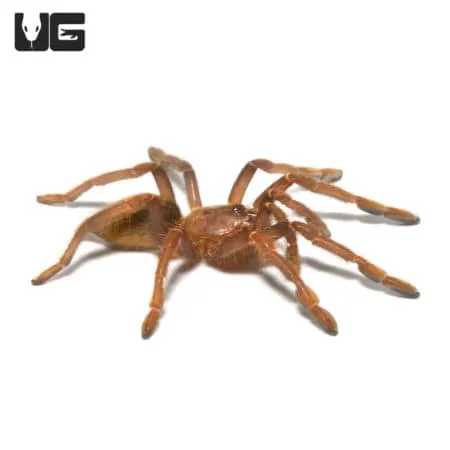Mozambique Gold Baboon Tarantula Top 5 Facts
The Mozambique Gold Baboon Tarantula ( Pterinochilus murinus), a captivating spider from the African continent, has gained popularity among tarantula enthusiasts. This species, known for its striking appearance and intriguing behavior, presents a fascinating subject for both novice and experienced keepers. Understanding the intricacies of this spider, from its natural habitat to its care requirements, is essential for ensuring its well-being and appreciating its unique characteristics. This guide delves into five key facts about the Mozambique Gold Baboon Tarantula, offering insights into its life, care, and allure. Get ready to explore the world of this amazing creature.
Origin and Habitat
The Mozambique Gold Baboon Tarantula originates primarily from the southeastern parts of Africa, including Mozambique, Angola, and Tanzania. These spiders are terrestrial, meaning they live on the ground, and are well-adapted to the warmer climates and diverse terrains of their native regions. They are commonly found in burrows, under rocks, and among leaf litter. Their habitat plays a critical role in their survival, influencing their behavior, diet, and overall health. Understanding their natural environment provides valuable clues on how to properly care for them in captivity.
Where Mozambique Gold Baboon Tarantulas Live
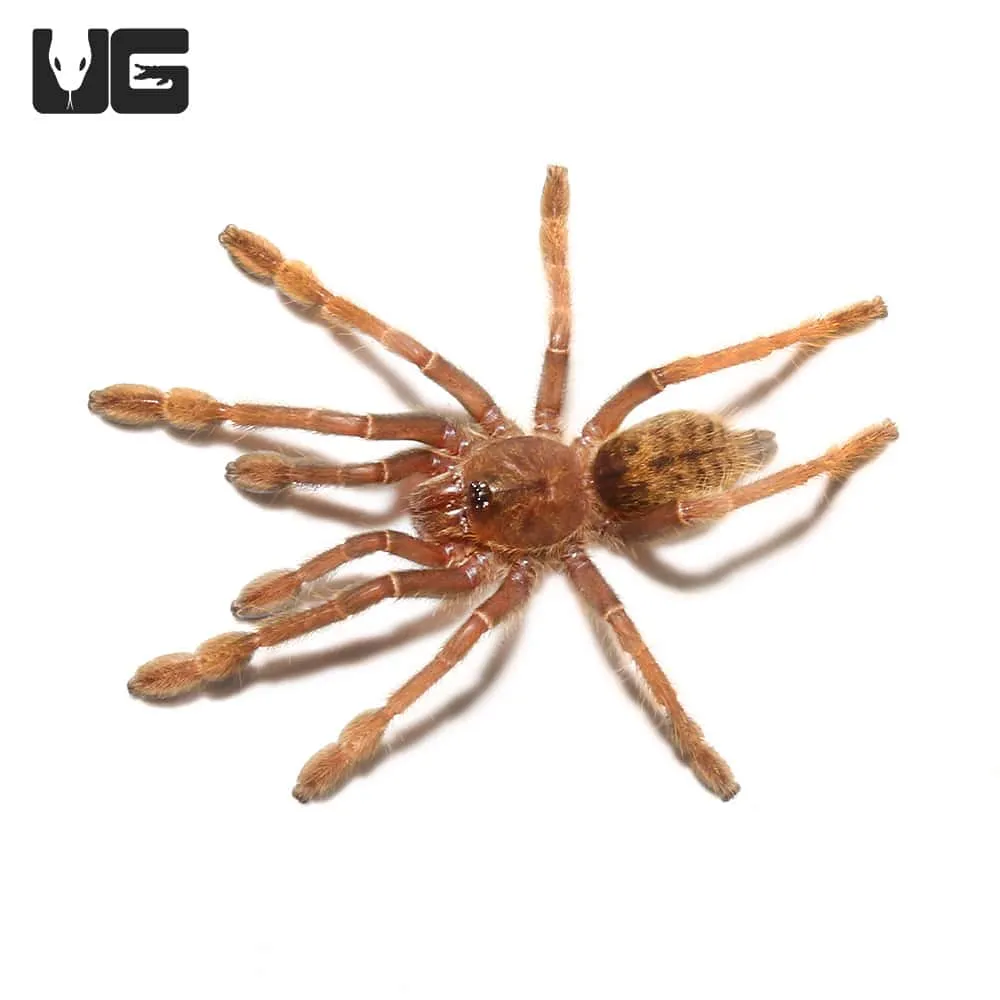
In their natural habitats, Mozambique Gold Baboon Tarantulas typically reside in burrows that they either excavate themselves or take advantage of pre-existing cavities in the soil. These burrows serve as a refuge from predators, a temperature regulator, and a place to ambush prey. They often line their burrows with silk to provide structure and a comfortable environment. These spiders are well-suited to areas with moderate humidity levels and readily available food sources, which makes them thrive in the diverse ecosystems they call home. The structure and location of these burrows often depend on the type of terrain they are in, which can range from sandy to rocky.
Understanding Their Natural Environment
The natural environment of the Mozambique Gold Baboon Tarantula is characterized by specific environmental factors, which include distinct wet and dry seasons, fluctuating temperatures, and a variety of vegetation. These spiders are adapted to these variations and their behavior is largely influenced by their surroundings. The presence of predators, such as birds, lizards, and other spiders, also has a significant impact on the tarantulas’ survival and behavior. The spiders must navigate the challenges of their environment, including finding food, avoiding predation, and finding mates, using the tools their evolved through natural selection.
Physical Characteristics
The Mozambique Gold Baboon Tarantula is a medium-sized spider known for its stunning appearance. They are easily identifiable by their vibrant coloration and distinct features that make them stand out in the tarantula world. Understanding their physical traits will help you understand more of their needs and appreciate their beauty, which is why they are sought after by collectors all over the world. These physical characteristics are important for understanding the spider’s behavior, health and overall well-being.
Distinctive Features of the Species
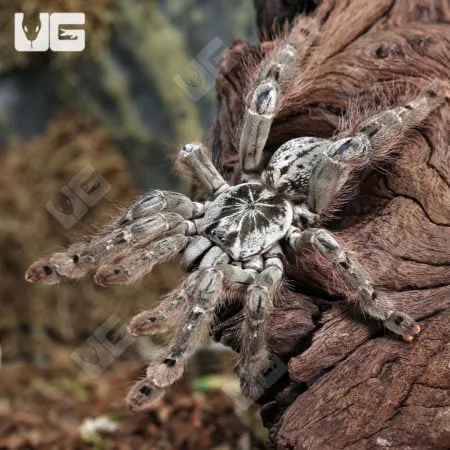
The Mozambique Gold Baboon Tarantula possesses several distinctive features that make it easily recognizable. One of these features is its hairy legs and body, a characteristic shared by many tarantula species. Their chelicerae (mouthparts) are strong and used for capturing and consuming prey. Their abdomen has a distinct shape, providing insight into their health and reproductive state. The size and overall structure of the tarantula are also notable; females are typically larger than males. These traits are essential to understanding the overall makeup and behavior of these spiders.
Coloration and Size
The vibrant coloration of the Mozambique Gold Baboon Tarantula is one of its most appealing traits. They are commonly referred to as ‘gold’ due to the golden or orange hues that cover their legs and carapace (the upper part of the cephalothorax). The abdomen typically features darker patterns or markings, which add to their visual appeal. The size of this tarantula varies depending on its sex and overall health, but females can grow to about 5-6 inches in leg span, while males are slightly smaller. This size difference is an essential characteristic to keep in mind when caring for this species.
Behavior and Temperament
Mozambique Gold Baboon Tarantulas are known for their unpredictable temperament, which adds to their appeal and the thrill of keeping them as pets. They are known for their defensive behavior, which they will use to protect themselves. Understanding this temperament and how it affects their interaction with their environment is essential to their care. These spiders can be fast-moving, which requires that you proceed with caution when handling or maintaining their enclosure. Their behaviors can also be influenced by factors like their environment and external stimuli.
Defensive Mechanisms
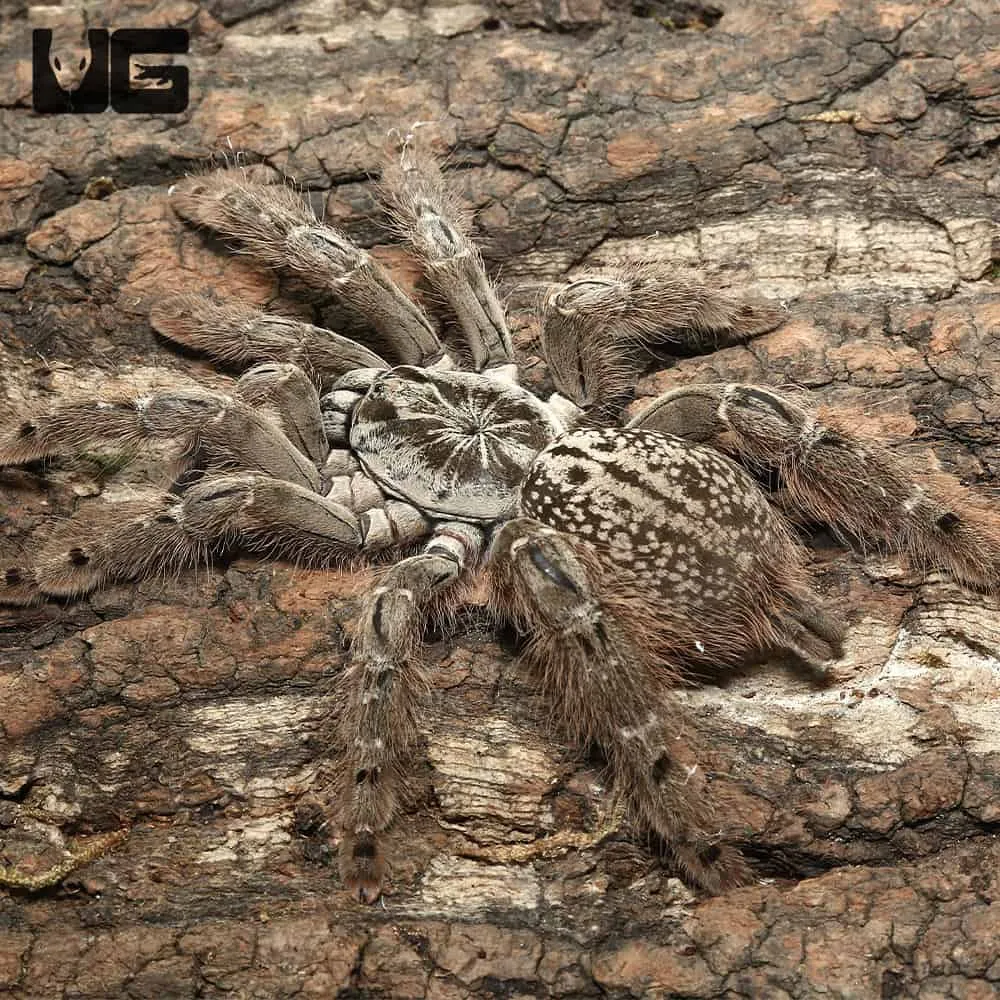
The Mozambique Gold Baboon Tarantula has several defensive mechanisms that it uses to protect itself from perceived threats. One of the most common defense mechanisms is its tendency to bite, which can be painful, but is not typically life-threatening to humans. They may also flick urticating hairs, a type of irritating hair, from their abdomen, which can cause skin irritation. This species is also known for its speed and agility, which it uses to retreat quickly to its burrow if threatened. Understanding their defense mechanisms will help in handling and keeping these spiders safe.
Diet and Feeding Habits
Feeding Mozambique Gold Baboon Tarantulas correctly is essential for their overall health and well-being. They are carnivores, and their diet consists primarily of insects. Providing a balanced diet and a proper feeding schedule ensures that your tarantula gets all the nutrients it needs to thrive. Factors such as the spider’s age, size, and activity level affect its feeding needs. Understanding their diet and feeding habits is a crucial part of caring for these exotic pets.
What They Eat
In their natural habitat, Mozambique Gold Baboon Tarantulas feed on a variety of insects, including crickets, grasshoppers, and other small invertebrates. In captivity, their diet primarily consists of commercially available insects such as crickets, mealworms, and roaches. It is essential to provide a diverse diet to ensure that the tarantula gets all the necessary nutrients. Supplementing their diet with occasional treats such as pre-killed, appropriately sized, feeder insects helps keep them healthy and active. This variety can also help maintain interest in the food itself.
Feeding Frequency and Prey Selection
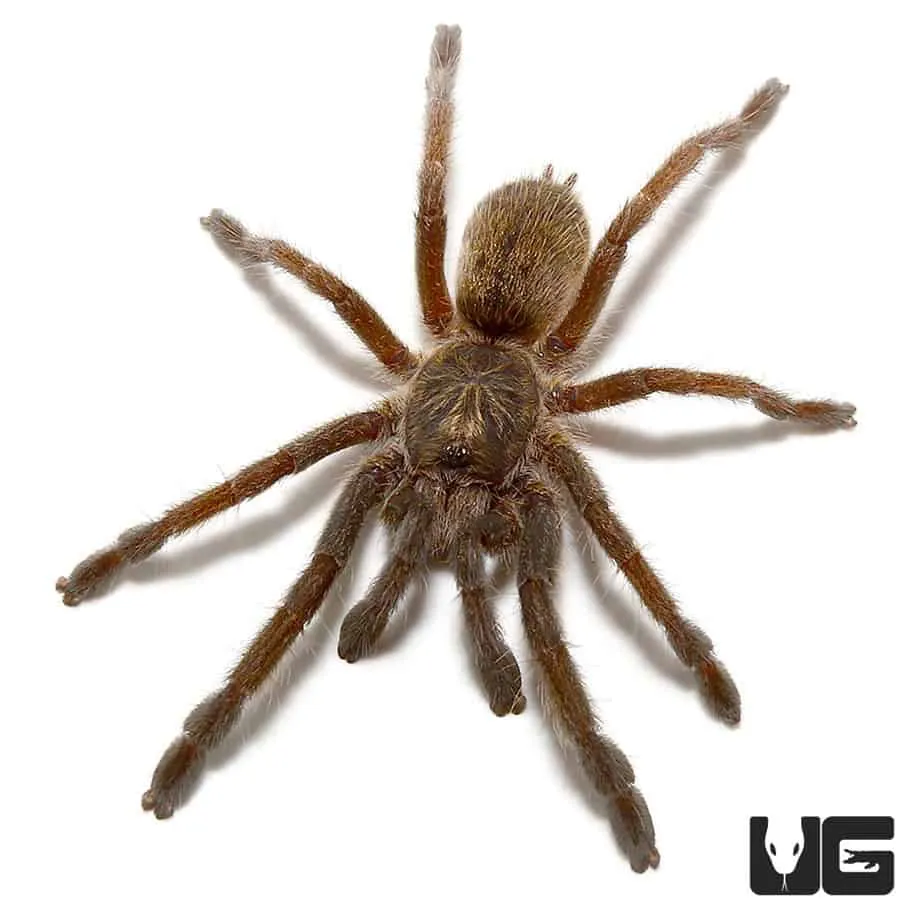
The feeding frequency for Mozambique Gold Baboon Tarantulas varies depending on their age and metabolism. Spiderlings (young spiders) should be fed more often, perhaps 2-3 times a week, while adult tarantulas may be fed once a week or even less. Choosing the right size of prey is crucial; the insects should be smaller than the tarantula’s body. Avoid overfeeding to prevent health issues. Ensuring the food is sourced from a reliable vendor and gut-loaded before feeding will give the tarantula added nutrition and help it stay healthy.
Care and Husbandry
Providing the right care and maintaining a suitable environment are crucial for the health and well-being of the Mozambique Gold Baboon Tarantula. These spiders have very specific needs, which, when met, can allow them to thrive in captivity. Proper enclosure, temperature, and humidity levels are important elements in the success of keeping these spiders. Attention to detail and consistent care will greatly enhance the tarantula’s quality of life and increase the chances of it living a long and healthy life.
Enclosure Requirements
The enclosure for a Mozambique Gold Baboon Tarantula should be appropriately sized for its stage of development and overall size. A secure enclosure with a well-fitting lid is essential to prevent escape. The enclosure should have a substrate that allows the tarantula to burrow; a mix of coco fiber, peat moss, and vermiculite works well. It should include a water dish with fresh water available at all times. Adding hides, such as cork bark or artificial plants, allows the tarantula a place to feel secure. Proper ventilation is also important to prevent the buildup of mold and maintain air quality.
Maintaining Optimal Humidity and Temperature
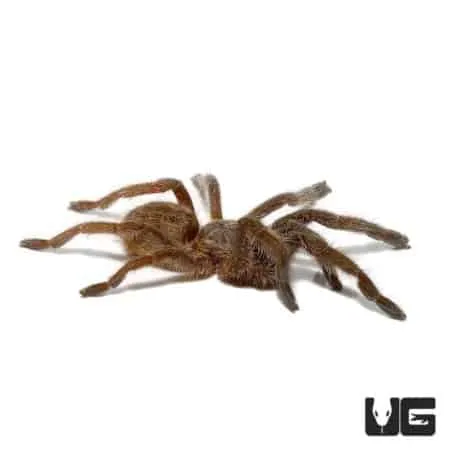
Maintaining the right temperature and humidity levels is essential for the health of the Mozambique Gold Baboon Tarantula. A temperature range between 75-85°F (24-29°C) is generally ideal, which can be achieved with a heat lamp or mat. Humidity levels should be moderate, around 60-70%. This can be achieved by misting the enclosure occasionally or using a shallow water dish. Regularly monitoring the temperature and humidity with a thermometer and hygrometer is essential for maintaining a healthy environment. These conditions are similar to those in their natural habitat, and are a key element for keeping the tarantulas healthy.
Common Health Issues
Like all living creatures, Mozambique Gold Baboon Tarantulas can be susceptible to certain health issues. Knowing the signs of illness and taking preventative measures can greatly improve their health and lifespan. Regularly inspecting the spider and its environment, along with ensuring its needs are met, can help prevent many common health issues. Promptly addressing any signs of illness or discomfort will help the spider live its best life.
Lifespan and Growth
The lifespan of a Mozambique Gold Baboon Tarantula varies depending on its sex, with females generally living much longer than males. Females can live for up to 12 years, while males typically live for only 2-3 years. Growth rates vary throughout their lives, with younger spiders growing faster than adults. The molting process is a critical part of their growth, where the tarantula sheds its exoskeleton. Understanding their lifespan and growth stages is essential for providing proper care and appreciating their natural life cycle.
Breeding and Reproduction
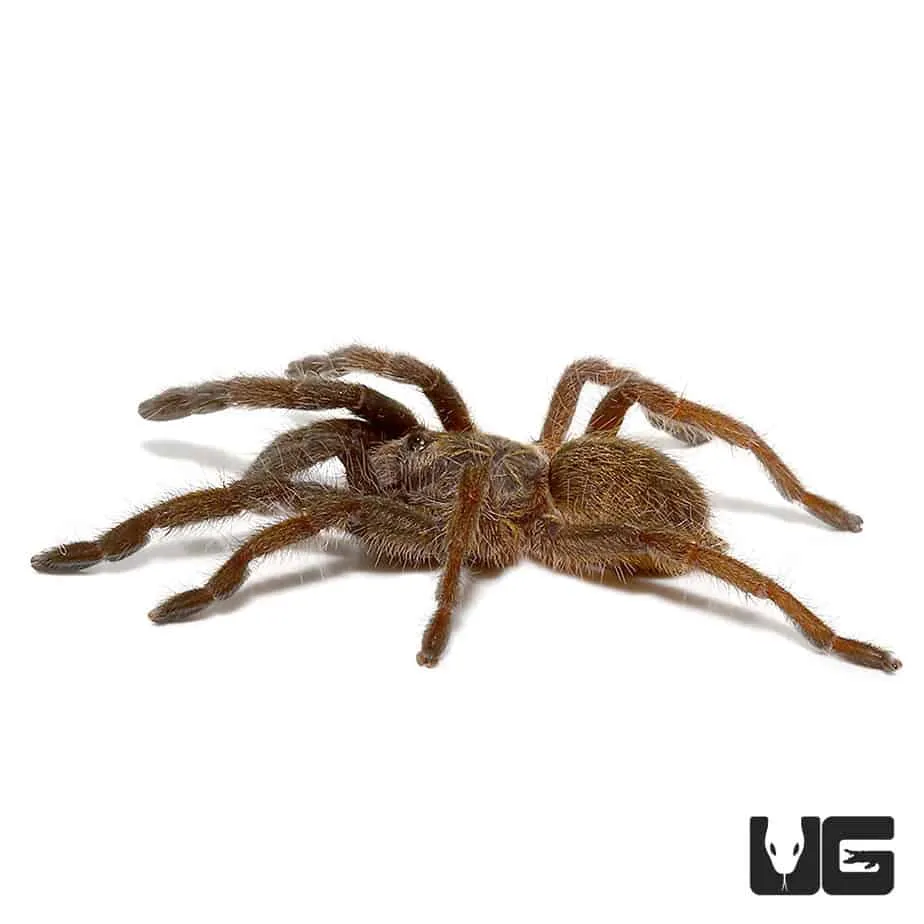
Breeding Mozambique Gold Baboon Tarantulas in captivity is a complex process that requires careful planning and understanding of the species’ mating behavior. The process can be rewarding for experienced keepers. Successfully breeding tarantulas involves factors such as proper environmental conditions, understanding of the species’ mating rituals, and providing the right setup for the developing spiderlings. Due to the difficulty and complexities, breeding is recommended for experienced tarantula keepers only.
The Mozambique Gold Baboon Tarantula is a fascinating species with unique characteristics and specific care requirements. From their habitat and physical traits to their behavior and health concerns, understanding these spiders is essential for any keeper. Providing the correct environment, diet, and attention will enable these amazing creatures to thrive in captivity. Whether you’re a seasoned arachnid enthusiast or a beginner, the Mozambique Gold Baboon Tarantula is a rewarding and captivating pet. They are rewarding pets for those who take the time to learn what they need.
